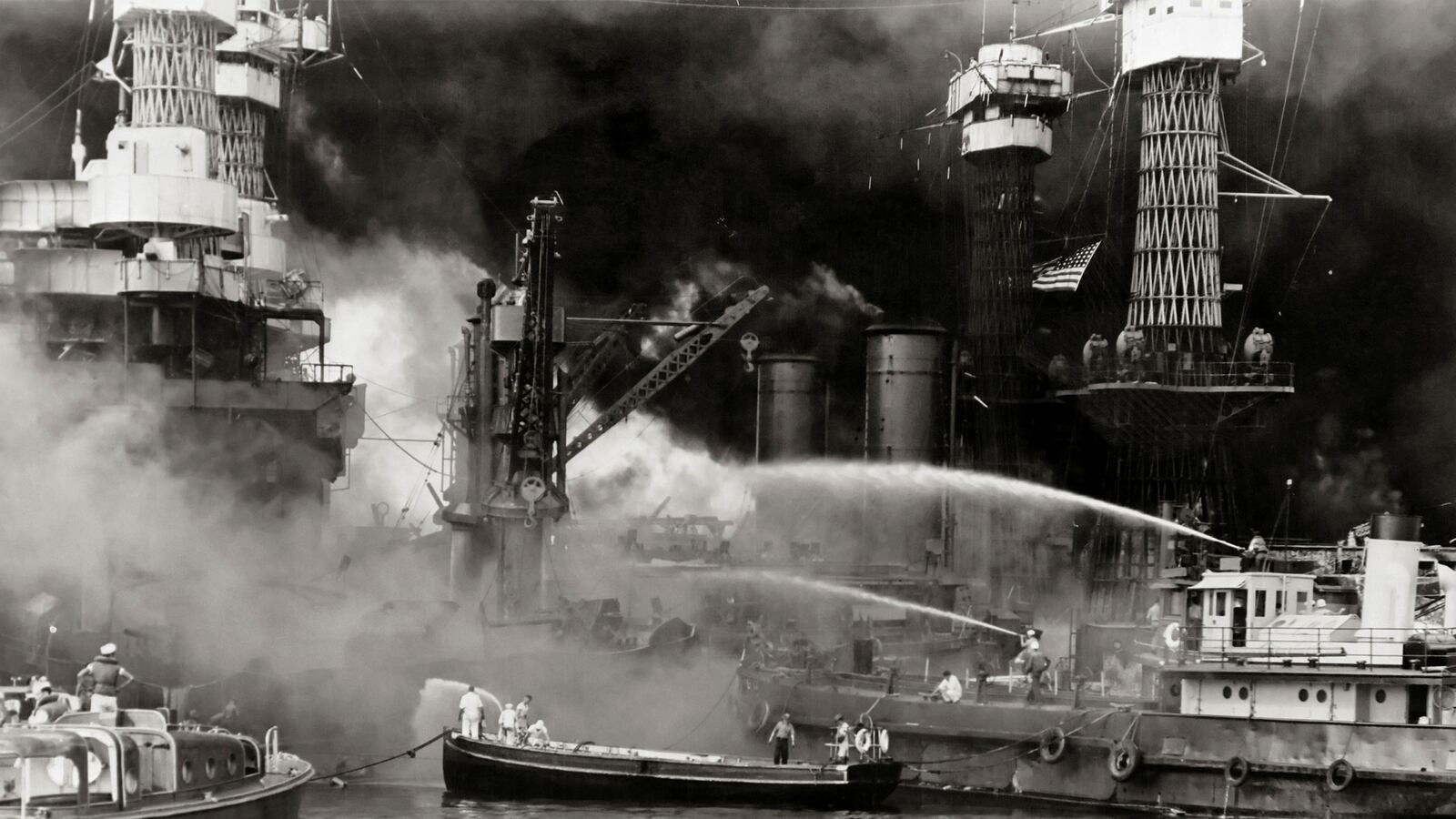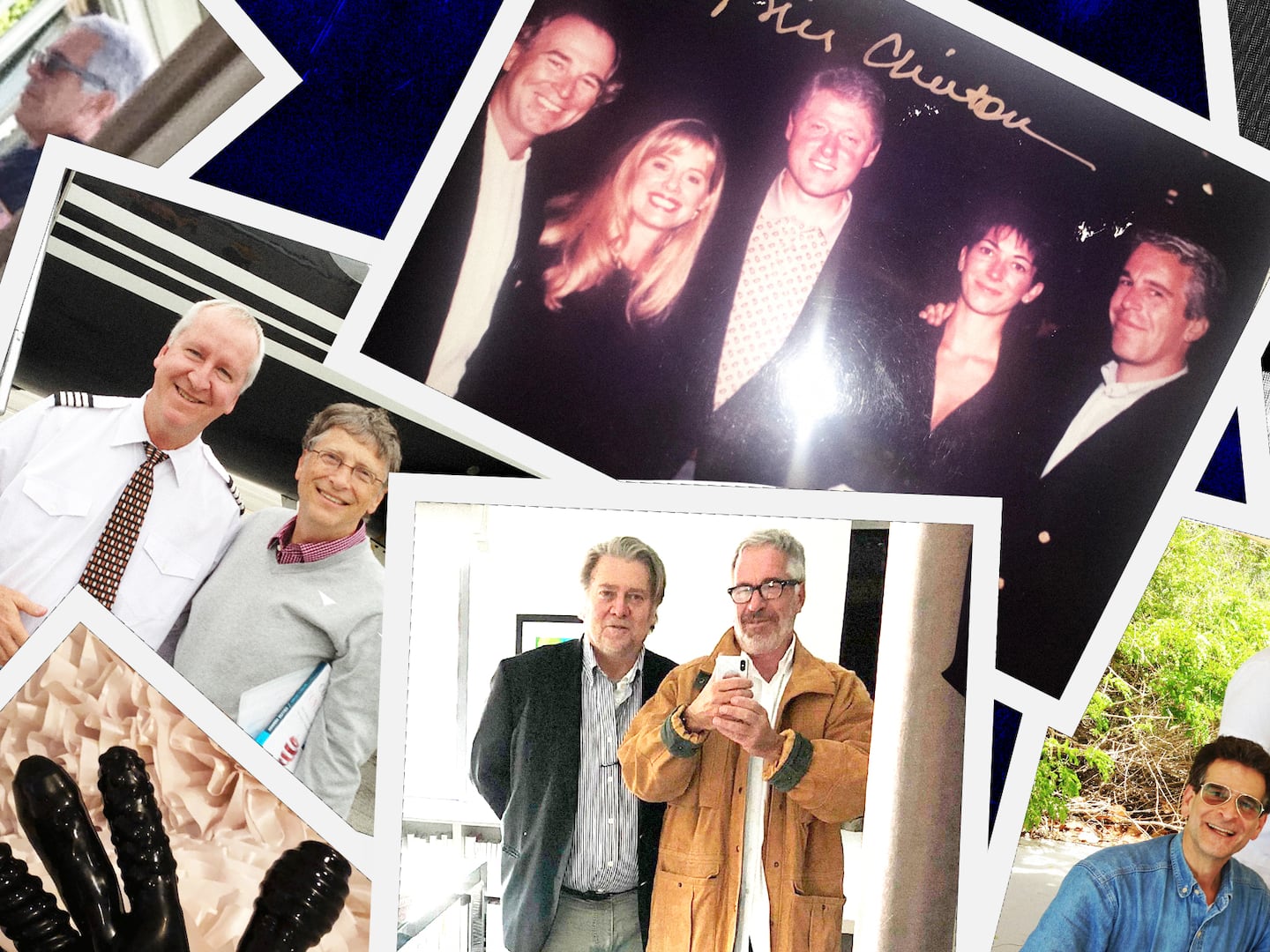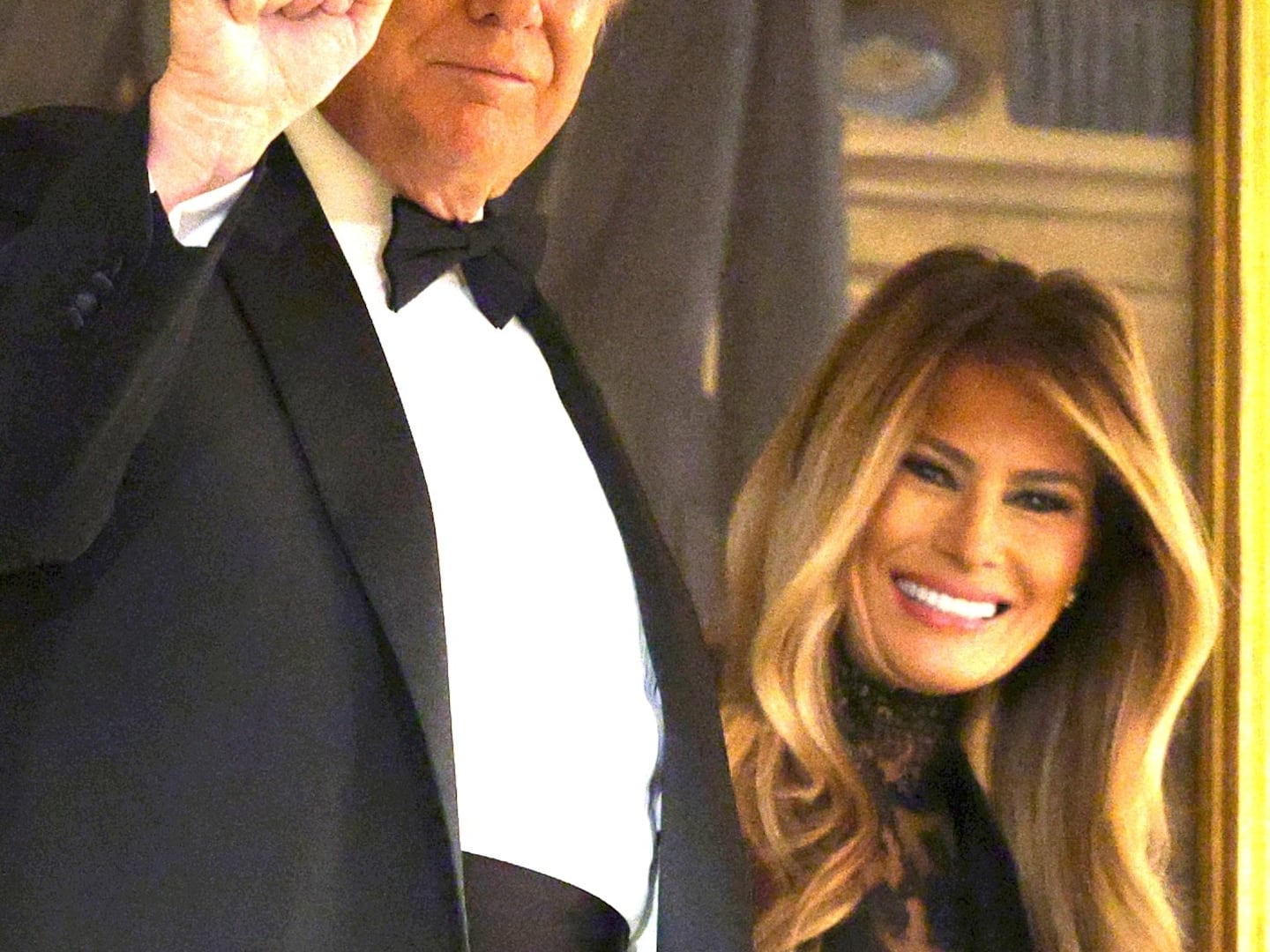On a bright, sunny morning 75 years ago this Wednesday, 181 warplanes of the Imperial Japanese Navy swept down out of the sky from the north over the blue-green hills of Kahuku Point on the island of Oahu, and attacked the U.S. Navy’s Pacific Fleet at Pearl Harbor, as well as a cluster of military air fields in the vicinity. Japanese pilots, trained to a razor’s edge of proficiency for this one operation over many months, sank or severely damaged eight battleships, three light cruisers, three destroyers, and a number of other support vessels.
At the airfields, where planes had been positioned wing tip to wing tip to minimize the chance of sabotage, defensive measures against aerial attack were every bit as lax as they were at the naval base. Bombers and strafing fighters destroyed 164 planes outright, and damaged another 127. In the most destructive surprise attack on U.S. forces in history, 2,403 Americans lost their lives, and another 1,178 were wounded.
It was all over in about an hour and a half.
News of the attack shocked and outraged the American people in ways that are impossible to fully recapture now. If the Japanese could launch such a powerful strike from ships 3,400 miles from their home waters, what else might they be able to do? There were real signs of panic in America over the next several days, including several false alarms of new attacks on Hawaii and the West Coast. The myth of Japanese invincibility began to take hold in the desperate hours just after the attack.
Today, 71 years after victory over Japan, with that nation as one of our staunchest allies, we remember Pearl Harbor for many reasons. The attack put an abrupt end to the longstanding interventionist-isolationist debate, and catapulted the nation into the maw of World War II.
Mostly, of course, Pearl Harbor calls to mind the sacrifices of men and women on the scene in Hawaii that day who were killed and wounded in the mad scramble to strike back at the enemy with the limited weaponry on hand, and to save fallen comrades. Sixteen Medals of Honor were awarded to American servicemen for extraordinary heroism that day—slightly more than half the number awarded to U.S. Marines over 36 days of intense, grinding combat on Iwo Jima. Eleven of the 16 were awarded posthumously.
We remember, too, all 16 million men and women who served over the long, hard slog of four years of war that followed, especially the 400,000 who “gave their last full measure of devotion” in the fighting.
And of course, we remember Pearl Harbor as a call for vigilance and preparedness in a treacherous world.
However we choose to remember the attack, there’s no disputing that December 7, 1941 was one of the few truly momentous days in history, for it was the opening act in a titanic conflict that irrevocably transformed American life at home, as well as our role in world affairs, in unexpected ways. For one thing, we emerged from the conflict as a superpower, with a vast, permanent national security establishment, deemed necessary to manage a new Cold War struggle between East and West—and to insure that there would never be another Pearl Harbor.
One of the many reasons Pearl Harbor continues to loom so large in the national consciousness is that we have never been able to explain to our own satisfaction how it was we were caught napping on that Sunday morning. Who—what—was responsible? Since the very day of the attack, we’ve been asking ourselves that question … and continually revising our answer.
The first official investigation, carried out under the direction of Supreme Court Justice Owen T. Roberts in 1942, laid blame squarely on the top Navy and Army commanders in Hawaii, Admiral Husband E. Kimmel and General Walter C. Short. War with Japan had been imminent for months. The U.S. Navy was the primary obstacle to Japan’s plans for imperial conquest in Asia and the Pacific, and both men had received a series of warnings from the War Department in Washington that hostile action was expected somewhere in the Pacific just days before the attack.
Both officers were charged by the Roberts Commission with “dereliction of duty” and forced into ignominious retirement.
Six more administrative enquiries followed in due course. An exhaustive congressional investigation stopped short of exonerating Kimmel and Short, but made it clear that a cadre of senior officials in the War Department shared culpability for failing to turn over crucial intelligence intercepts that revealed the Japanese military’s intense interest in Pearl Harbor as a target.
Just hours before the planes flew off the rolling decks of Admiral Chuichi Nagumo’s six aircraft carriers, U.S. intelligence decoded a Japanese cable instructing their ambassador in Washington to break off diplomatic negotiations by 1 p.m. December 7, and to destroy his code machine.
Chief of Staff of the Army Gen. George Marshall read this correctly as a sure sign of imminent attack. Yet the message didn’t reach the commanders in Hawaii until an hour after the strike—several hours after it should have arrived—because a clerk failed to mark the message “top priority,” and it was sent via commercial telegraph rather than through naval wireless communications.
Had Kimmel received the warning promptly, would he have put the bulk of the fleet to sea, as he was meant to do? Would Short have put up a fighter screen around the Hawaiian Islands to challenge intruders? We shall never know.
For decades, a school of revisionist historians, some with stellar academic credentials, others best described as conspiracy hacks, have argued that Roosevelt, Churchill, or both had advance knowledge of the attack, but withheld it from the American military to insure America’s entrance into the war. By the early ’90s, mainstream historians had pretty much gutted those revisionist arguments, in part by exposing factual errors and inconsistences in their chronologies of “who knew what, when.”
David Kahn, a leading expert on signals intelligence, published an influential article in MHQ: The Quarterly Journal of Military History in 1991 that seemed to put the revisionists’ theories in the rubbish bin. “The fact is that the code breaking intelligence did not prevent and could not have prevented Pearl Harbor, because Japan never sent any message to anybody saying anything like ‘we shall attack Pearl Harbor.’ The ambassador in Washington was never told of the plan. Nor were any other Japanese diplomats … The ships of the strike force were never radioed any message mentioning Pearl Harbor. It was therefore impossible for cryptanalysts to have discovered the plan.”
Many recent historians have pointed to grave underestimation of the Japanese Navy’s operational capabilities as a key factor in laying the ground work for the successful strike. No one in authority thought the Japanese capable of developing the technology and tactics to launch such a lethal attack. Certainly the American navy couldn’t have launched such an operation at that time. And of course, there was widespread consensus among American and British analysts that the first Japanese strike would come much farther westward—in the Philippines or Malaya, or the Dutch East Indies—all places the Japanese clearly intended to occupy.
In 1982, Gordon Prange, a professor at the University of Maryland, published At Dawn We Slept, an 837-page doorstop of a book, whittled down from a 3,500-page manuscript. Thirty-seven years in the making, the book is still regarded as the most balanced and judicious one-volume account of the operation. At Dawn We Slept makes an irresistibly compelling argument that “Pearl Harbor resulted from a vast combination of interrelated, complicated and strange historical factors: on the one hand, bountiful human errors of great variety, false assumptions, fallacious views, a vast store of intelligence badly handled; on the other, precise planning, tireless training, fanatical dedication, iron determination … clever deception measures, intelligence well gathered and effectively disseminated, plain guts—and uncommon luck.”
Yet out of this mélange of factors, Prange singles out one as preeminent: On December 6, Short and Kimmel were convinced that a Japanese strike somewhere in the Pacific was in the offing, but neither believed the Japanese would take the extraordinarily risky step of launching an attack on such formidable targets as the U.S. military’s bases on Hawaii. “This fundamental disbelief is the root of the whole tragedy,” writes Prange. “All other acts or failures to act are its stalks, branches, and fruit.”
Without question Pearl Harbor was the most spectacular tactical victory in Japan’s war with the United States. The shock of the attack, its immense ramifications, coupled with the unprecedented loss of lives, would seem to justify the words journalists and politicians at the time used to describe the event: “catastrophe,” “disaster,” “tragedy,” and “cataclysm.”
Yet time and distance allow us to put the attack in a considerably different light. It wasn’t immediately clear at the time, but the startling success of the first large-scale naval air attack in history sounded the death knell of the dominant naval doctrine of the time, which centered on decisive clashes between fleets dominated by battleships. The naval war in the Pacific, which featured more combat engagements than all other naval wars in the 20th century combined, would be dominated—and ultimately won—by aircraft launched from carriers, and by submarines.
Just six months after Pearl Harbor, U.S. Navy warplanes sank four Japanese carriers off the island of Midway. It was the first naval battle in history where the commanders could not see the opposing fleet. The renowned military historian John Keegan has rightly called Midway “the most stunning and decisive blow in the history of naval warfare.” The Japanese Navy never recovered from its staggering losses of naval aviators and carriers, and the first American ground offensive commenced two months later at Guadalcanal.
Japanese pilots inflicted a great deal of destruction on the U.S. Navy on December 7, but the cautious Admiral Nagumo decided against launching a hunting expedition for the American aircraft carriers, which were steaming well west of Hawaii to deliver planes to the islands of Midway and Wake. Nor did he dare risk a third strike at Pearl Harbor to knock off the submarine pens, the repair shops, or the massive fuel depots that had been left unmolested.
It could well be argued that by opening the eyes of the U.S. Navy’s (many and influential) traditionalists to the lethality of naval air power, and by forcing American strategists to focus their riposte to Japan’s expansionist designs on aircraft carrier battles and subs to cut Japanese supply lines rather than great battleship clashes, Pearl Harbor accelerated the demise of Imperial Empire of Japan. As U.S. Rear Admiral Claude Bloch, who was at Pearl on the Big Day quipped, “The Japanese only destroyed a lot of old hardware. In a sense they did us a favor.”
Because the Japanese failed to hit the repair shops or the fuel stores, the U.S. Navy was able to keep the remainder of its fleet in operation, and to salvage most of the sunken and damaged vessels with remarkable speed. In short, the strike had failed in its chief military objective, as defined by the operation’s mastermind, Admiral Isokoro Yamamoto: to render the Pacific Fleet inoperable long enough for Japan to consolidate its early conquests.
And it failed much more dramatically in a strategic sense. The Japanese knew American public opinion about entering the war was sharply divided. They hoped that their dramatic display of power at Pearl Harbor, coupled with the enormous distances between the U.S. mainland and Japan’s chief objects of conquest in the western Pacific and Southeast Asia, would sway American sentiment away from war toward a negotiated settlement.
But the effect of Pearl Harbor on American public sentiment proved to be just the opposite of what the Japanese had hoped. Perceiving it as a sneak attack, Americans were outraged, and determined to strike back with all the might they could muster.
In a very real sense, concludes Prange, Pearl Harbor “gave each and every American a personal stake in the titanic struggle for the minds and bodies of mankind which raged in Europe and Asia. After December 7, 1941, Americans could no longer look upon the war from a distance … The sense of outrage triggered a feeling of direct involvement which resulted in an explosion of national energy … Pearl Harbor ensured that the entire nation would stand as one man and woman behind the men at the front.”
“Remember Pearl Harbor!” became the slogan of the first great propaganda campaign aimed at the American public in World War II, but in a way in was superfluous. Everyone remembered. And in another 75 years, we will remember Pearl Harbor still.






